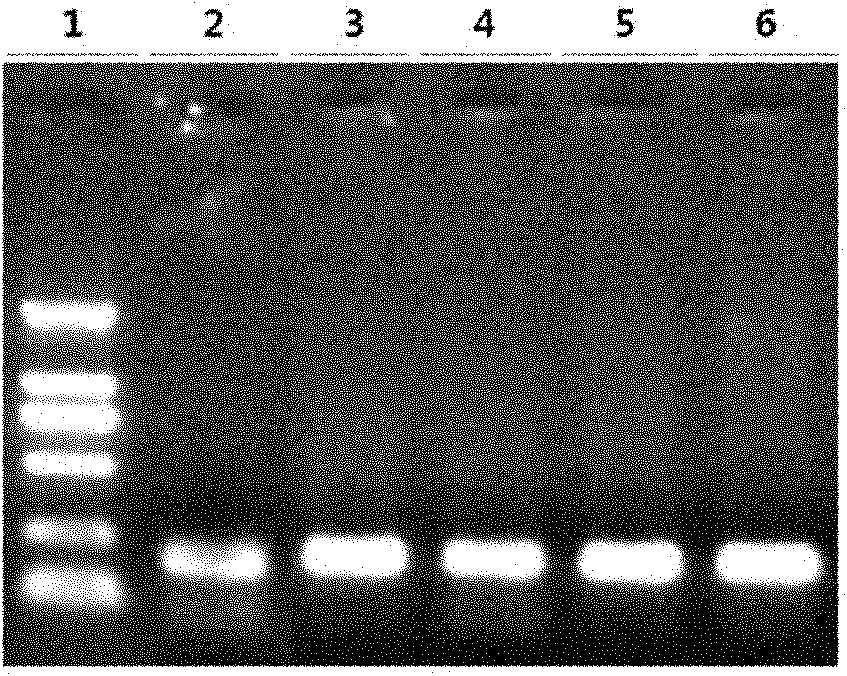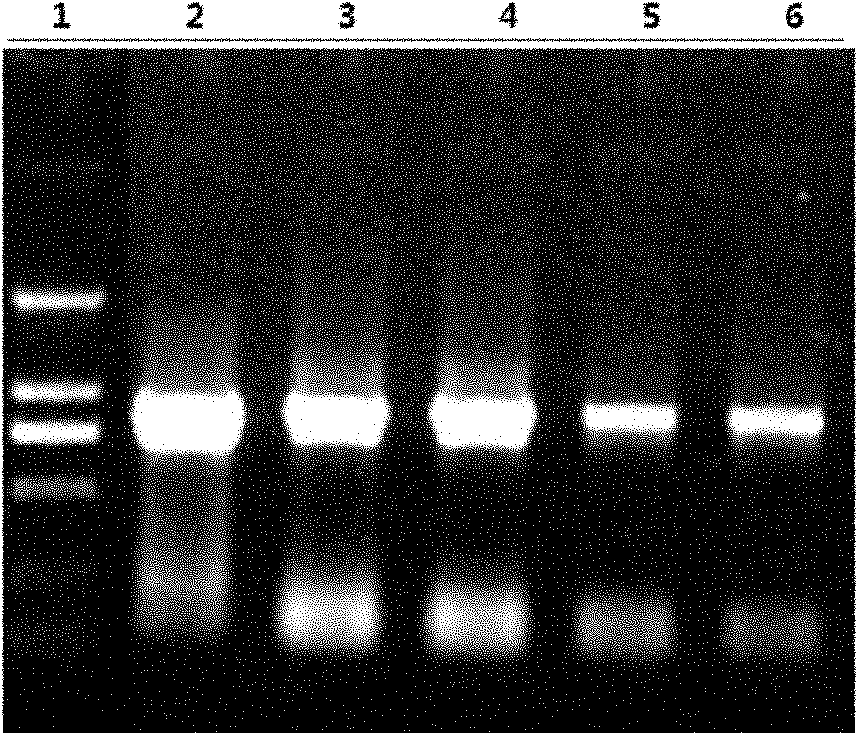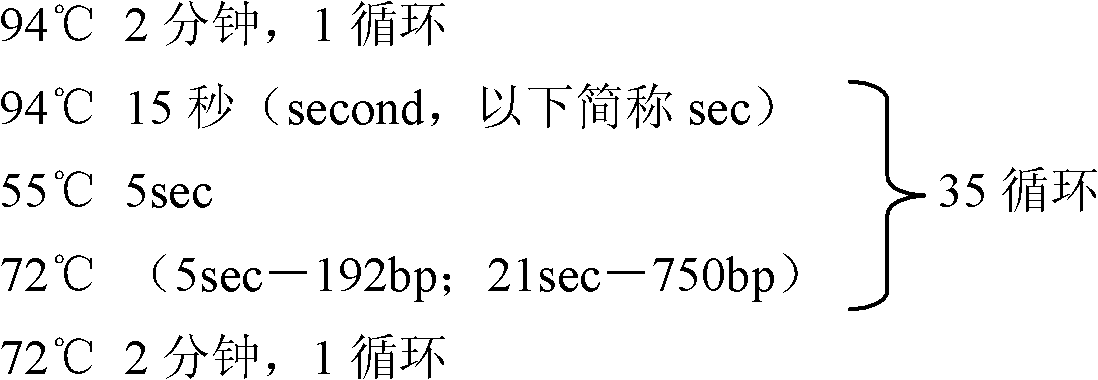Method for extracting desoxyribonucleic acid from formalin fixed and paraffin embedded tissues
A deoxyribonucleic acid and paraffin-embedded technology, applied in the field of nucleic acid applications in biology, can solve the problems of unsuitable handling of a large number of specimens, injury to the operator's body, and high cost of proteinase K. Simple to use effects
- Summary
- Abstract
- Description
- Claims
- Application Information
AI Technical Summary
Problems solved by technology
Method used
Image
Examples
Embodiment
[0031] Example: DNA extraction from formalin-fixed paraffin-embedded tissue sections of mouse liver.
[0032] 1. Extraction of DNA from formalin-fixed paraffin-embedded tissues
[0033] (1) Take 2 to 4 paraffin-embedded tissue sections with a thickness of 10 microns (formalin immersion time is 8 hours and 24 hours respectively), and put them in 500 microliters of sodium hydroxide solution with a molar concentration of 0.1 , then add 50 microliters of sodium lauryl sulfate with a mass percentage concentration of 20% and 50 microliters of dithiothreitol with a molar concentration of 0.001, mix well, and incubate at 100°C for 30 minutes to obtain a lysate ;
[0034] (2) Carry out centrifugal stratification to above-mentioned lysate, the rotating speed of centrifugal stratification is 1,3200 rev / mins, and centrifugal stratification time is 5 minutes, takes out the middle layer after centrifugal stratification, adds 500 microliters of absolute ethanol, Thoroughly oscillate and mi...
PUM
 Login to View More
Login to View More Abstract
Description
Claims
Application Information
 Login to View More
Login to View More - R&D
- Intellectual Property
- Life Sciences
- Materials
- Tech Scout
- Unparalleled Data Quality
- Higher Quality Content
- 60% Fewer Hallucinations
Browse by: Latest US Patents, China's latest patents, Technical Efficacy Thesaurus, Application Domain, Technology Topic, Popular Technical Reports.
© 2025 PatSnap. All rights reserved.Legal|Privacy policy|Modern Slavery Act Transparency Statement|Sitemap|About US| Contact US: help@patsnap.com



